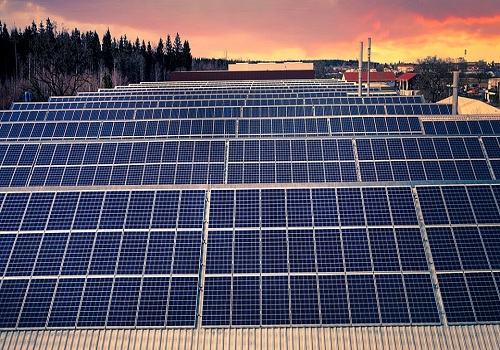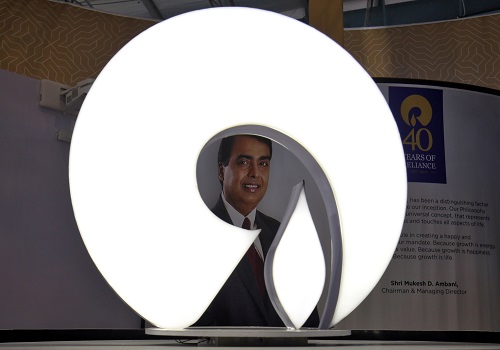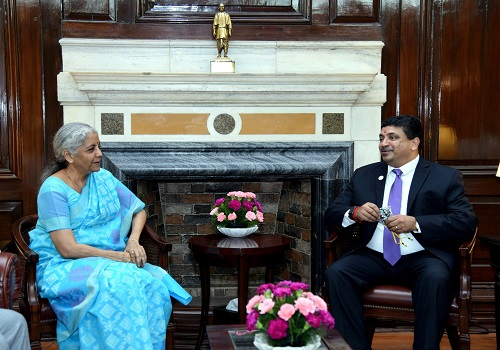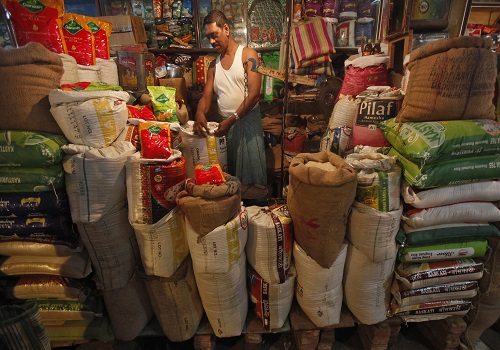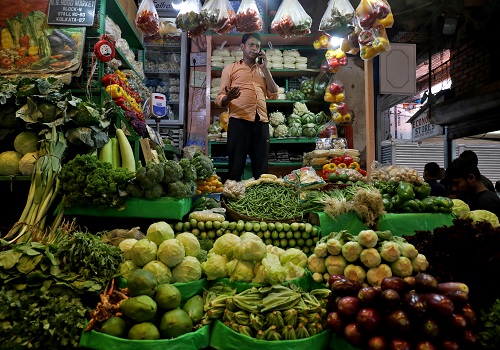Bengal economy: Current fiscal to end with per capita debt of Rs 59K
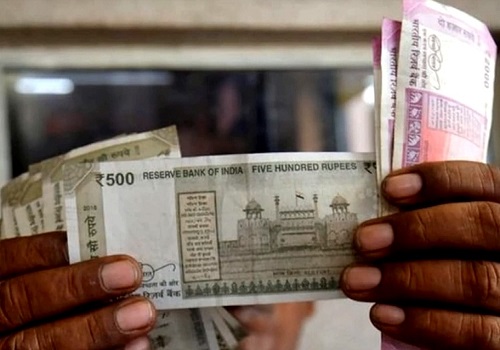
Follow us Now on Telegram ! Get daily 10 - 12 important updates on Business, Finance and Investment. Join our Telegram Channel
West Bengal government is all set to end the current financial year of 2022-23 with a per capita debt of around Rs 59,000.
The figure on this count is in sharp contrast to Rs 20,530 during the financial year of 2010-11, which was the last year of the 34-year Left Front rule in the state.
As per the revised estimates in the last state budget, the accumulated debt for 2022-23 is expected to rise to 5.86 lakh crore up from Rs 5.28 lakh crore as on March 31, 2022.
Again, this figure is in sharp contrast to the total accumulated debt figure of Rs 1.97 lakh crore as on March 31, 2011.
According to economists this rising trend of accumulated and per capita debt is pushing West Bengal towards a much bigger threat.
As per the statistics of the state finance department and the latest CAG report, West Bengal's debt to gross domestic state product (GSDP) ratio for the financial year of 2020-21, the latest available on this count, reached an alarming level of 37.05 per cent up from 35.68 per cent in 2018-19.
Economists feel that going by the trend of enhanced market borrowing by the state government during the last ten years, it is evident that this debt to GSDP ratio will increase further in the coming days considering that the state government does not have any alternative sources of revenue generation barring state excise.
"What I am scared of is that going by the trend West Bengal is inching towards a debt to GSDP ratio of around 50 per cent which is the debt trap situation which means that fresh debts will be utilized only to service the older debts," said professor of economics, Santanu Basu.
Another worrying factor, according to a teacher of economics, P.K. Mukhopadhyay, another alarming trend in the state economy is the trend of expenditure or rather how the borrowed money is utilised.
"Majority expenses of the state government are for recurring or non- plan expenditure. Lesser spends in capital expenditure means lesser assets creation and lesser employment generation. This is the area in which the state government should concentrate and increase the proportion of capital expenditure and subsequently reduce the spending on non- plan expenditure," he said.
All the economists are of the opinion that the only way out to combat this fiscal disaster is to amend land and special economic zone (SEZ) policies in the state to attract big ticket investment both in manufacturing and services sectors.
While the land policy of the current government prohibits state role in land procurement for industry, the state government has taken an in-principle decision not to give fresh SEZ permission in the state.










Tag News

Monthly Debt Market Update, September 2023: CareEdge Ratings





 320-x-100_uti_gold.jpg" alt="Advertisement">
320-x-100_uti_gold.jpg" alt="Advertisement">

